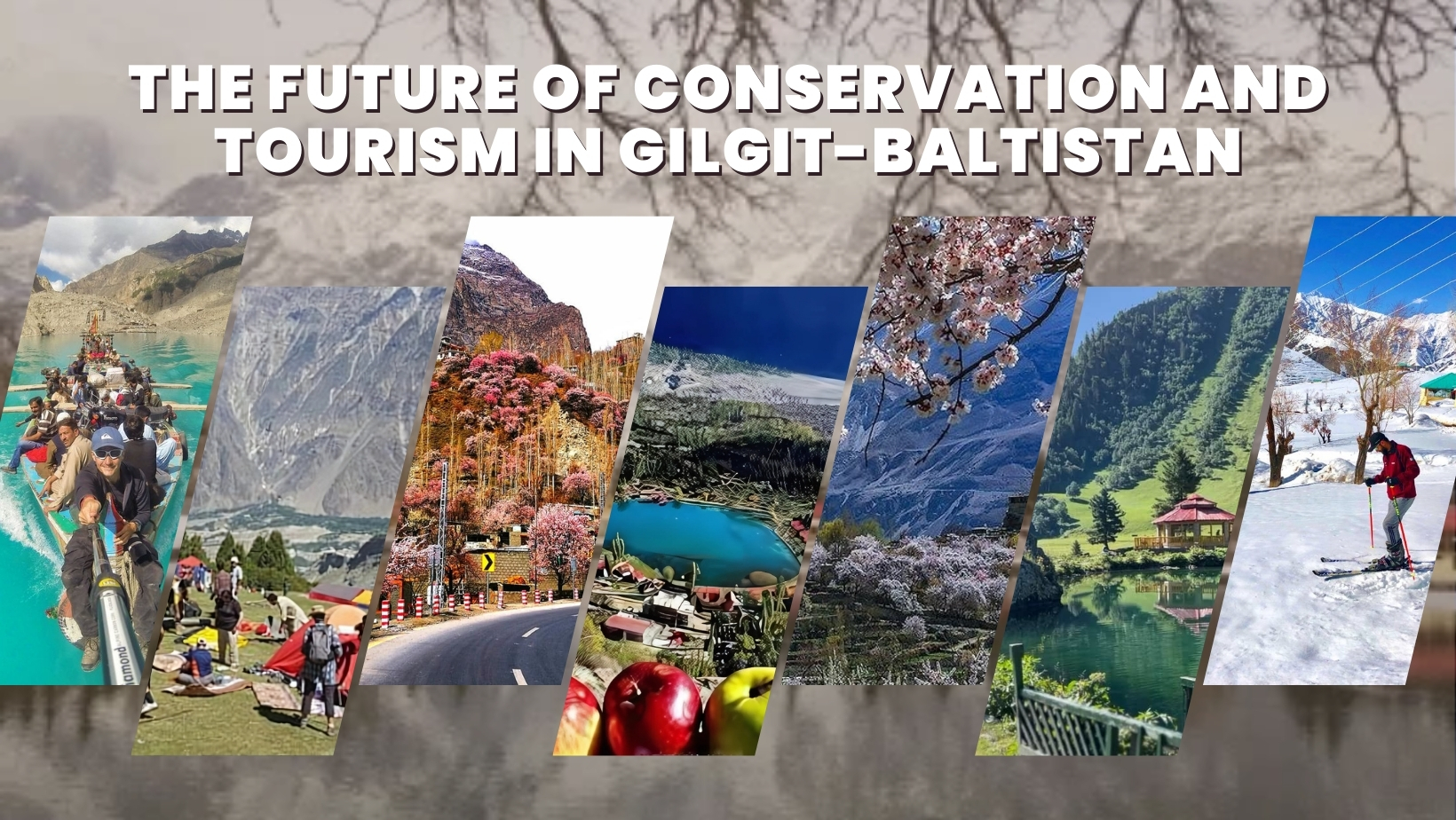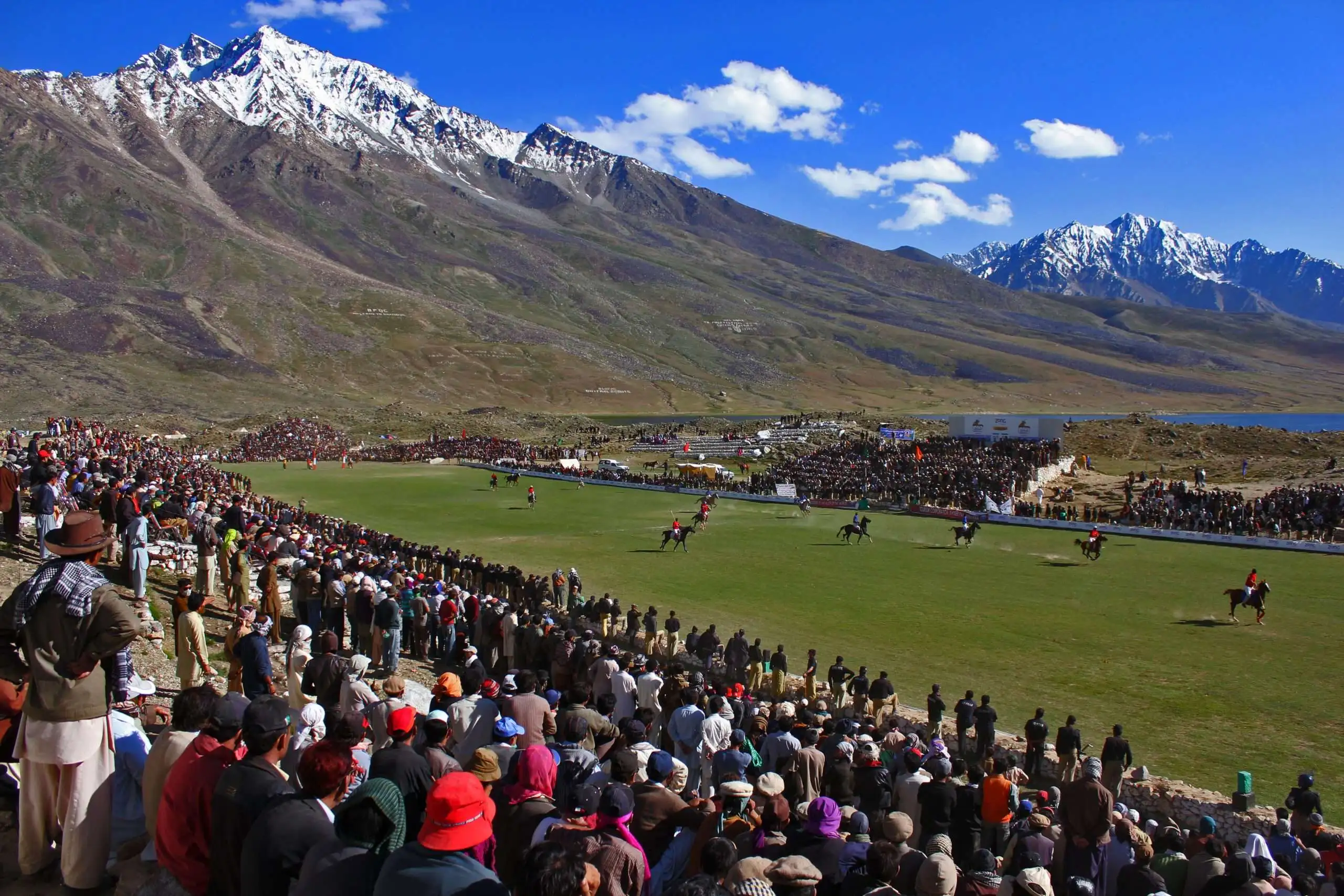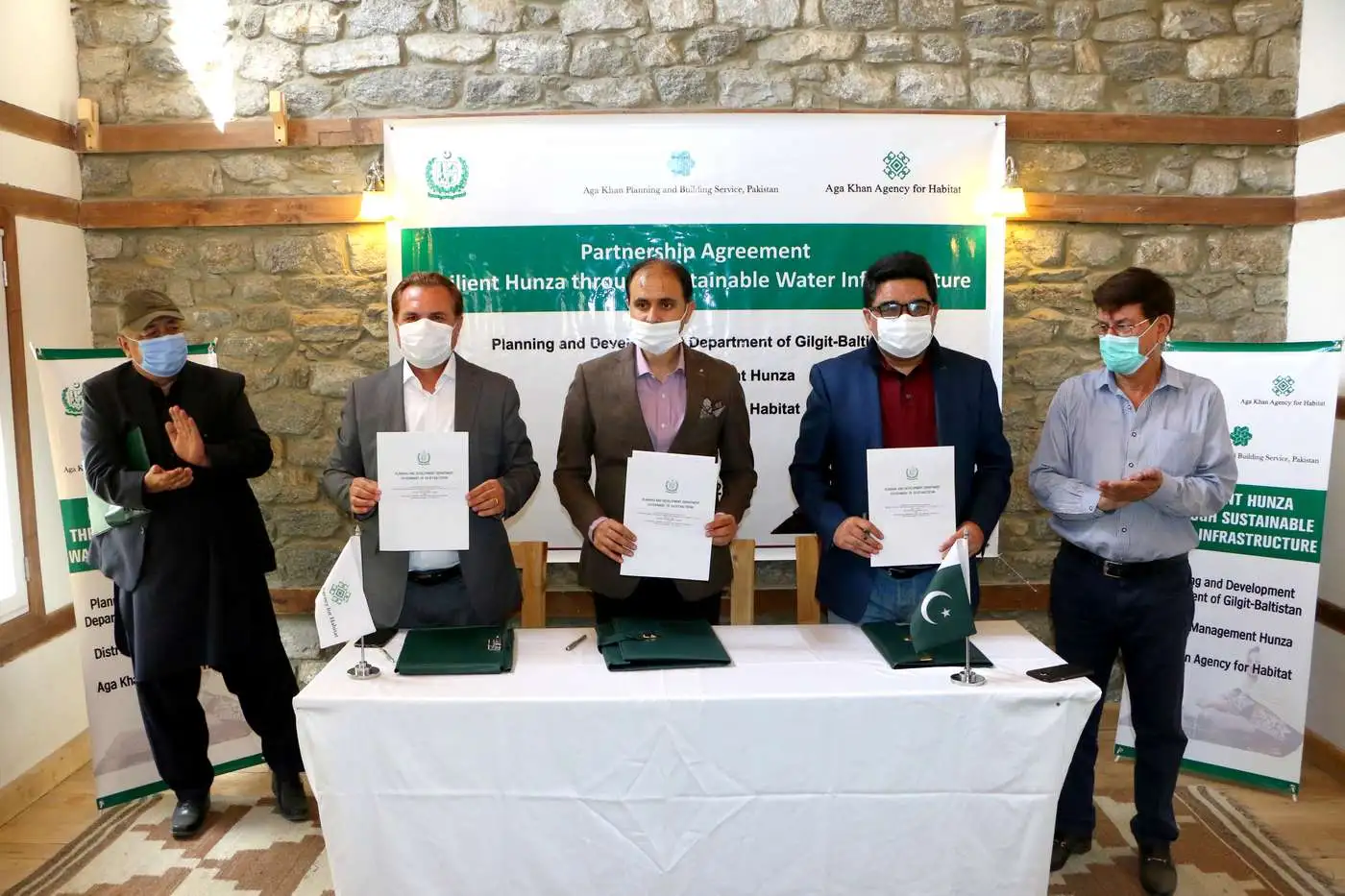
The Future of Conservation and Tourism in Gilgit-Baltistan
Gilgit-Baltistan, a stunning region located in northern Pakistan, is a haven of natural beauty and cultural diversity. Its snowcapped peaks, tranquil valleys, and thriving traditions entice visitors from all over the world. However, as tourism grows, keeping its cultural identity has become both a challenge and an opportunity. The convergence of conservation and tourism in Gilgit-Baltistan offers a unique opportunity to preserve the region’s legacy while promoting long-term prosperity.
Tourism, when managed correctly, can serve as a catalyst for cultural preservation, ensuring that traditions, languages, and arts flourish alongside economic progress. Simultaneously, unrestrained tourism has the potential to erode the authenticity of this history, risking its very existence. This article investigates the delicate balance required for cultural conservation and tourism in Gilgit-Baltistan. It explores the richness of its traditions, the effects of tourism, and the policies required to preserve this treasure trove for future generations.
Understanding the Cultural Richness of Gilgit-Baltistan
Gilgit-Baltistan is a mosaic of diverse cultures, languages, and traditions, each contributing to its unique identity. Its heritage displays the endurance and inventiveness of its people across generations.
Gilgit-Baltistan is a mosaic of diverse cultures, languages, and traditions, each contributing to its unique identity. Its heritage displays the endurance and inventiveness of its people across generations.
Traditional Arts and Crafts
The region’s traditional arts and crafts demonstrate its cultural inventiveness. From delicate embroidery and woven linens to hand-carved woodwork and jewellery, these crafts tell stories passed down through generations. Purchasing local craftsmen’ products not only helps to preserve their incomes, but also ensures the preservation of these timeless talents.
Language and Folklore
Shina, Burushaski, Wakhi, and Balti are among the several languages spoken in Gilgit-Baltistan. These languages serve as vehicles for folklore, poetry, and oral traditions, in addition to being means of communication. Storytelling sessions and local songs frequently showcase the community’s collective memory, connecting the past and the present. Tourism-related efforts can help conserve these languages for future generations.
Festivals and Celebrations
Festivals in Gilgit-Baltistan are lively representations of the local culture and communal spirit. Both locals and visitors attend events like as Jashn-e-Baharan (Spring Festival) and the Shandur Polo Festival, which showcase traditional music, dance, and cuisine. Participating in these festivals provides tourists with an immersive experience in which they may enjoy the region’s cultural richness. Conservation and tourism in Gilgit-Baltistan can help to preserve its rich legacy by emphasising its crafts, languages, and festivals.

Also read: What is the Silk Routes Festival in Gilgit-Baltistan? Rich Heritage and Traditions
The Effects of Tourism on Cultural Conservation
Tourism in Gilgit-Baltistan provides opportunities and problems for cultural preservation. Understanding these consequences is critical to charting a sustainable course forward.
Positive Impacts
Tourism can help raise cultural awareness and provide financial support for conservation programs. Visitors frequently develop an appreciation for the region’s traditions, which can drive up demand for local products and cultural events. Furthermore, income raised through cultural conservation and tourist efforts can be reinvested to help preserve heritage sites, organise cultural events, and support artisans.
Tourism also helps to bridge cultural divides. When travellers interact with local communities, they share ideas and viewpoints. This engagement promotes mutual respect and raises global awareness of Gilgit-Baltistan’s unique character.
Negative Impacts
However, the increased flood of tourists might put a strain on the delicate balance of cultural preservation and commercialisation. Some traditions risk being adjusted or oversimplified to meet tourist expectations, resulting in a loss of authenticity. Overcrowding at heritage sites can cause physical damage and environmental degradation, endangering cultural assets.
By addressing these negative impacts, conservation and tourism in Gilgit-Baltistan may live peacefully, ensuring that tourism benefits rather than detracts from the region’s rich cultural heritage.
Policies to Promote Cultural Conservation Through Tourism
Creating effective policies is crucial for protecting Gilgit-Baltistan’s cultural assets and boosting sustainable tourism. These rules should seek to balance the requirements of the local community, tourists, and the environment.
1. Government initiatives
The Pakistani government has taken initiatives to promote conservation and tourism in Gilgit-Baltistan. Policies aimed at protecting heritage monuments, such as the Baltit and Altit Forts, demonstrate how to preserve the region’s past. Encouraging community-based tourism projects also allows locals to take responsibility of conservation efforts while benefiting the economy.
2. The Role of NGOs and Partnerships
Non-governmental organisations (NGOs) and private-sector collaborations are critical to developing cultural conservation and tourist projects. These agreements frequently focus on teaching local guides, maintaining traditional crafts, and raising visitor understanding about the value of cultural sensitivity. Successful projects in other regions can be used as models for Gilgit-Baltistan.

3. Infrastructure Development
Sustainable infrastructure is a critical component of successful cultural tourism. Investments in eco-friendly housing, well-maintained cultural centres, and informative signs at heritage sites improve the tourist experience while lowering the environmental effect. Creating designated cultural hubs can also provide an opportunity for residents to authentically express their heritage.
With deliberate policies, conservation and tourism in Gilgit-Baltistan may grow, ensuring that this region’s culture continues to be a source of pride and inspiration for future generations.

Also read: Why the History of Silk Roads in Gilgit-Baltistan Matters Today
Actionable Strategies for Tourists
Tourists play an important role in maintaining the balance between conservation and tourism in Gilgit-Baltistan. Their decisions have a direct impact on the preservation of the region’s unique culture and natural beauty. Here are practical techniques for preserving traditions while enjoying your visit:
Support Local Communities:
- Shop for handcrafted crafts, textiles, and jewellery from local craftsmen to help preserve traditional skills.
- Stay at community-run guesthouses or homestays to experience genuine hospitality while also supporting local livelihoods.
- Choose local guides to acquire deeper cultural insights while directly supporting their job.
Respect cultural norms:
- Dress modestly, especially in villages and near religious sites, to respect local customs.
- Learn basic cultural norms, such as greetings and dining manners, to interact effectively with locals.
- Participate in festivals in a courteous manner and prevent disruptive behaviour.
Practice sustainable tourism:
- Choose eco-friendly travel providers who value cultural conservation and tourism.
- Carry reusable water bottles and bags to help reduce waste.
- Participate in activities such as traditional cuisine or handicraft classes to help preserve cultural heritage.
These attentive behaviours can enhance your experience while contributing to the delicate balance between conservation and tourism in Gilgit-Baltistan.
Challenges and Opportunities in Cultural Tourism
Cultural tourism in Gilgit-Baltistan brings both challenges and opportunities. While the region’s rich legacy is a major lure, it faces problems that necessitate collaboration.
Challenges:
- Cultural dilution: Increased tourism risks commercialising customs and reducing authenticity.
- Environmental damage: Overtourism can endanger delicate ecosystems and historical monuments.
- Resource constraints: Local governments frequently lack funds to preserve historical and cultural sites.
- Overcrowding: Popular attractions put a strain on infrastructure, interrupting daily life.

You can also explore: What is the Ginani Festival in Gilgit-Baltistan? Celebrating Heritage
Opportunities:
- Economic development: Cultural tourism generates local income through crafts, accommodation, and guiding services.
- Global awareness: Sharing the region’s culture on a global scale appeals to responsible travellers.
- Partnerships: Governments, non-governmental organisations (NGOs), and the commercial sector can work together to drive preservation programs.
- Digital tools: Virtual tours and cultural documentation can help to preserve traditions around the world.
Addressing challenges while leveraging opportunities can strengthen conservation and tourism in Gilgit-Baltistan.
Conclusion
In order to preserve its distinctive culture and natural beauty, Gilgit-Baltistan must strike a balance between conservation and tourism. Tourists, communities, and governments can use sustainable methods to preserve the region’s heritage while still promoting growth. Small measures, such as supporting local crafts, adhering to norms, and selecting eco-friendly tourism options, can have a huge influence.
Collaborative efforts will ensure that cultural conservation and tourism thrive in Gilgit-Baltistan, preserving the region’s heritage for future generations. By accepting these initiatives, tourists and stakeholders may contribute to the preservation of this amazing location while enjoying its unparalleled beauty.
